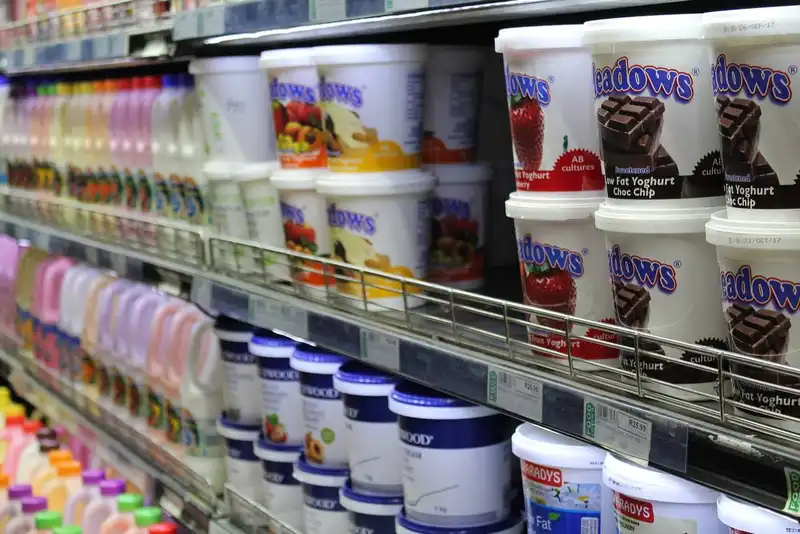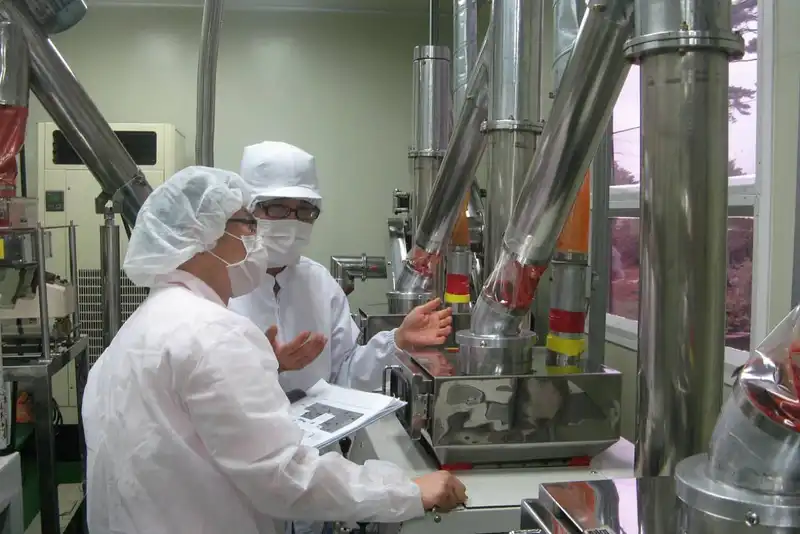What to Know About Food Processing
What is Food Processing?
Food processing has been around for a very long time although the methods have changed considerably. In the early days of man, the goal was to preserve the supply of the food throughout the year.
Today almost all food products are processed in some manner with an emphasis on public health. Modern food processing techniques were developed in the 20th century. These practices continue today, though the technology has become more advanced.
Some of the food processing techniques involve milling grains, churning butter, crushing seeds on an assembly line. Meat processing gets a little more involved as the meat often needs to be cut and de-boned from its original source.
The Importance of Food Processing

Both businesses and consumers can benefit from processing food. Some of the benefits include a more vast variety in food supply and those foods have sustainability which gives them a longer shelf life.
Processing is a way to ensure food safety by preserving food so that it remains edible for extended periods of time. The techniques used in food processing also provides more variety in food selection that is palatable. This gives consumers a broader choice in their food selection.
Another important factor for food processing is keeping a food product stable and within the quality standards of the food industry. For example, if fresh juice isn't pasteurized it can degrade in valuable antioxidants. Through the pasteurization the enzymes in the juice are inactivated which slows spoilage.
Methods of Food Processing
Food processing started simply many years ago but has now grown worldwide into a large segment of the food sector. Here are some of the food processing methods used today-
Drying
This method of food processing has been around the longest. However, advancements in equipment and technology has made drying food products easier. Using hot or cold temperatures, moisture is pulled from the product. This makes it a less hospitable environment for bacteria to grow. Drying is used to extend the shelf life of the food product.
Fermentation
The fermentation process uses microorganisms to converts carbohydrates to organic acids or alcohol. Good bacteria derived from the food product is used to break down the sugars and starches in the food. Lactic acid is then formed to inhibit the growth of bad bacteria. Foods that have been fermented can last months or even years when stored in a cool, dry place and kept in brine which is a solution of salt and water.
Sugaring
Sugaring is a method of preservation used for fruits. The pieces of fruit are either dipped in a sugar syrup or cooked with sugar and then go through a sterilization process.
Pasteurization
Raw or unpasteurized milk is a leading cause of food borne illnesses. Pasteurization is a method of food safety used to make milk safe to drink by killing bacteria through a heating process. The milk is heated to 71.7C for 15 to 25 seconds. After the milk is heated it will be cooled to less than 3C very fast. The pasteurization process helps lengthen the shelf life of dairy as well.
Pickling
Food is cooked or soaked in chemicals like vinegar, ethanol, or a solution of salt and water known as brine. Temperature, moisture and pH balance are the determining factors is the pickling process.
Freezing
Frozen foods are increase the shelf life of food products that are usually perishable. Food like fries or chicken nuggets can be frozen and stored until the consumer is ready to eat it. The freezing process is done through cryogenic or flash freezing.
Benefits and Drawbacks of Food Processing
Preservation
The different methods of processing food makes them easier to preserve. There are some techniques such as freezing or pre-cooking that will also preserve the nutritional content in the food. The preserving methods let consumers store the food for longer periods of time which cuts down on the need for frequent purchases.
Safety
Food safety is another benefit that comes from processing foods. Producers of food products remove dangerous toxins to make food suitable for consumption. For example, pasteurization of milk products destroys bacteria. Drying methods that pull moisture destroy the environment where bacterial growth can occur.
Availability and convenience
Food processing has changed the way food is packaged as well. Because of the safety measures in place it allows food to be transported from across the globe. This provides a lot more variety in choices than there used to be years ago. Now food is available regardless of what is grown locally or seasonally. More choices gives increases the nutrients at each meal due to a varied diet.
Drawbacks
Even with all the benefits of food processing there are some drawbacks as well. For example, during the preservation process salt is often added. So, if a person eats a lot of processed foods the sodium level can cause health problems like high blood pressure. This can lead to having a higher risk for stroke or other serious medical conditions.
Changes to Food Processing
Longer shelf life and sustainability of freshness are the two most important aspect for companies that process and package food. With a high demand for biodegradable packaging materials, improvements to food processing will follow with these changes-
Food Preservation Technology
High-quality foods with a long shelf life minus extra additives like sodium are the next step using microwave assisted thermal sterilization or MATS for short. This is a sterilization process for food created by the United States Army. MATS provides nutritious food full of flavor that is easy to prepare to troops on the front line. Packages are heated at a microwave energy frequency of 915 megahertz. It's thoroughly heated within only six minutes as opposed to longer times using conventional ovens.
Active Packaging
Active packaging is a technology that provides a function beyond just containing the food products. This asset works actively by releasing components of the packaging that interact with the good. Substances that aren't meant to be on the food are absorbed by the packaging which slows deterioration and ultimately spoilage. Traditional food packaging still remains in use but active packaging is being introduced more often to extend the shelf life of food products.
Smart Packaging
Researcher at Kraft Foods, Rutgers University and the University of Connecticut are working on a technology that lets consumers know if their food is safe to it. Called the "electronic tongue" it tastes foods through sensors within the packaging and determines if the food products have become spoiled or contaminated. Consumers are alerted by a change in color to the packaging.
Advanced Robotics
Robotic food manufacturing is a method of automation used in food processing. The value of using robotics to process food is anticipated to grow by $2.5 billion dollars in 2022. This rise in value is due to recent developments that help streamline the robotics method of handling food. They now have sensors that determine size, shape and weight along with softer grippers for handling delicate food products.
For food processing and packaging companies are staying on top of an industry that is rapidly changing. The good news is that these innovations will help the public health and food safety for consumer goods.
Current Trends of Food Processing

- Safety
- Automation
- Sustainability
- Digital
The Future of Food Processing
Companies in the food industry sector are constantly developing new ways to increase sales by adding new products to the marketplace. They look for innovative techniques to increase the quality and output of processed food.
For example, food extrusion is a new technique being used on processed foods like breakfast cereals and other types of confectioneries. This process compresses food into a semi-solid mass and passes it through a tiny orifice to enhance the design, texture, and variety of food products that would otherwise be very similar.
This is capable by using a machine called an extruder. The extruder limits the water retention in food and checks for growing micro-organisms that can cause spoilage.
The food extrusion technique is a revolutionary process for increasing the shelf life of food products. It's a new manufacturing source widely used to produce a variety of processed foods and has a very promising future.
Concluding Food Processing
- Food extrusion is a food processing method that will be revolutionary to the industry.
- Drying, fermentation, pickling, freezing, sugaring and pasteurization are all tried-and-true methods to process foods.
- One of the drawbacks to processed food is the additional of salt and other additives that can promote health problems.
- Food processing has been around since the turn of the 20th century. Technology has shaped processing food with an eye on food safety.





